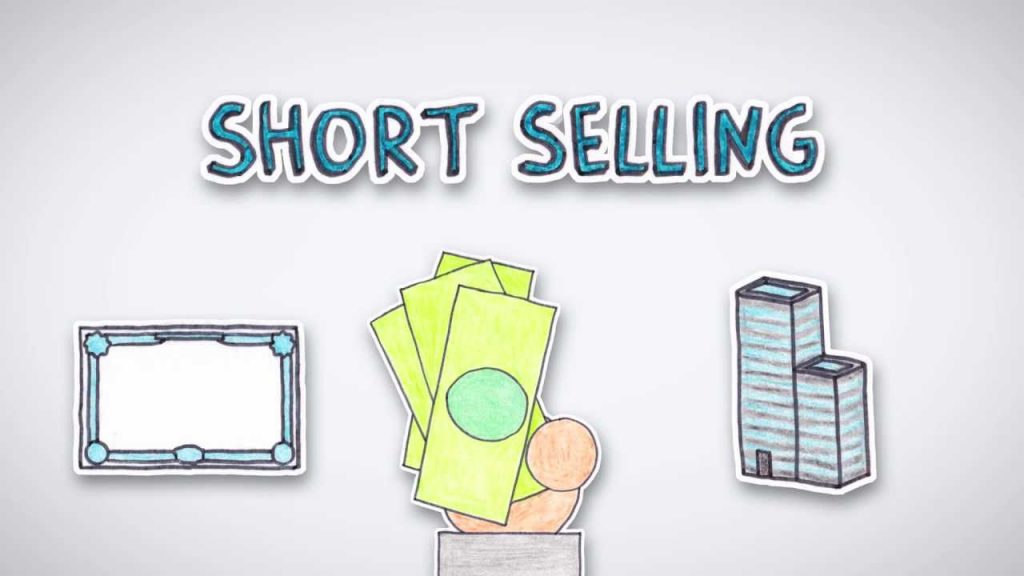The concept of selling short can be difficult to grasp, initially, if you have never engaged in this particular trading technique. One of the unique profit-making opportunities in the stock market is that you can make money if a selected stock you have invested in goes up in price, but you can also make money in that same stock if the price goes down, and this is what selling short is all about.
When you place an order to buy or sell a stock (or sell short) through Trafigura trading, you are either opening or closing a position for your account. Depending on the type of trade you are engaging in, your position may be long or short.
A long position represents ownership of a stock. If you buy 100 shares of XYZ Corporation, for example, you are said “to belong” 100 shares. A short position, on the other hand, represents a position whereby the investor has initially borrowed a given number of shares from the broker and then sold those same borrowed shares in the marketplace. Profit is made on a short sale when share value declines, and the investor buys back the borrowed shares at a lower price. When you buy back the borrowed shares of a short sale, you are closing out or covering your short position. (You close out a long position when you sell shares of a stock that you held in your account outright.)
For example, you believe that the shares of XYZ Corporation, currently selling at $50 per share, are going to go down because of some negative news about the company’s products. Through your broker (or online account), you sell short, or “short”, 100 shares. You are proven to be correct in your evaluation of the company, and the share price does indeed go down to $40 per share. You close out your short position by buying back the 100 shares you initially sold short, and you have made a profit of $10 per share (fewer commission fees, of course), even though share price declined. ($50 – 40 = $10, the difference in share price between the time you sold short and then bought back the borrowed shares.)The attraction of selling short is that a profit can be made even though the share price of a selected stock goes down.
Dealing with the risks of a short sale
It should be said that short selling can involve significant investment risk if the anticipated decline in share price does not happen, and the price goes up instead. In order to limit the potential loss of a short sale, experienced investors make use of a buy stop order, which serves as a type of back-up insurance when selling a stock short.
A buy stop order instructs the broker to buy back the shares sold short if the security reaches a price specified by the investor, thus limiting the potential loss in the event the share price goes up.
For example, say you sell short 100 shares of XYZ Corporation at $25 per share. In order to protect yourself against a rise in share price, you also place a buy stop order with your broker at a price of $30 so that, in the the share price does go up, a trade will automatically be triggered to buy back your 100 shares of XYZ if the stipulated price is hit. If the ensuing share price does go up to $30, you will have lost money on the trade, but your losses are limited to the difference between the price you have sold short ($25), and the price at which you have set your buy stop order ($30). In this case, your loss would be limited to $5 per share (plus commission fees).
In order to engage in short selling, your brokerage account must be approved for margin trading. Buying on margin is a type of leveraged trading that can increase profits, but also involves more investment risk than buying and selling outright, and each brokerage firm has specific requirements to meet before you can open a margin account.
Don’t engage in short selling unless and until you first fully understand how this technique works, and you are comfortable with, and can afford to take on, the additional risk involved in this type of trading. It is not necessary to engage in short selling in order to make a profit in the stock market. However, if you are considering trading your own stock account, then you should understand how this technique works. The more knowledgeable you are about how stocks are bought and sold, how money is made and lost in the market, the better investor you will be, and the more likely you are to be a successful investor.






